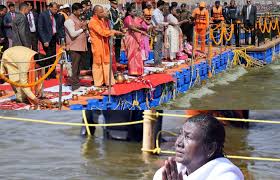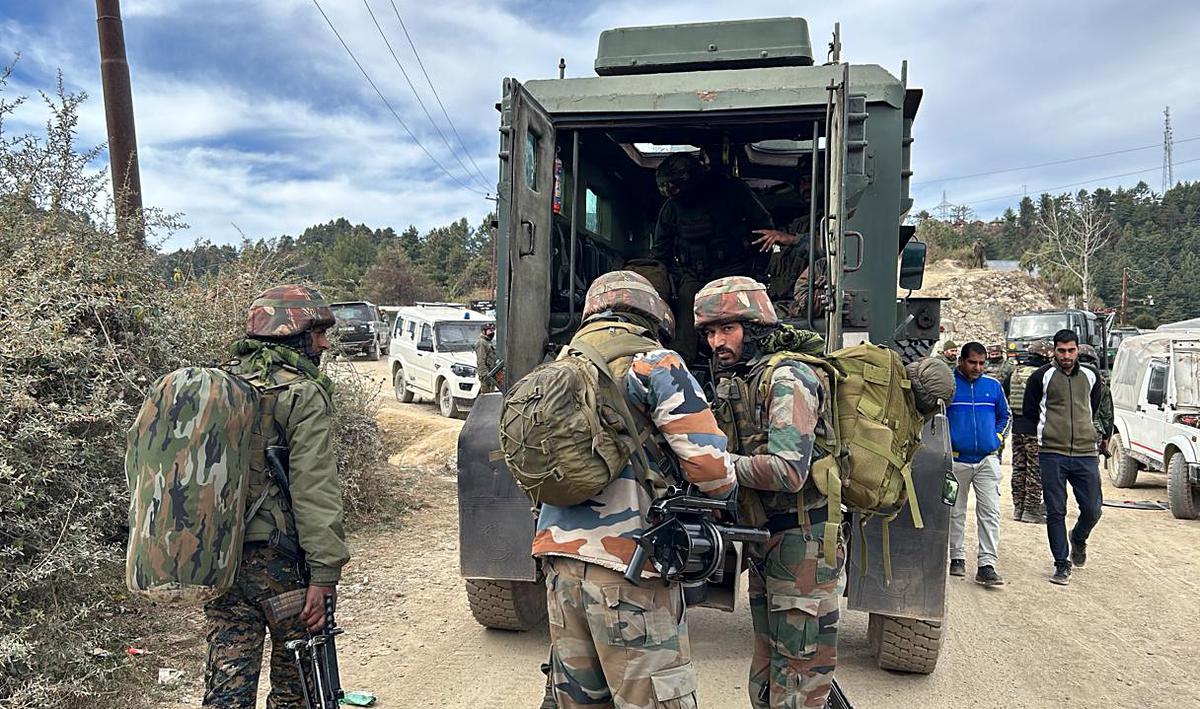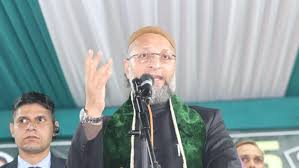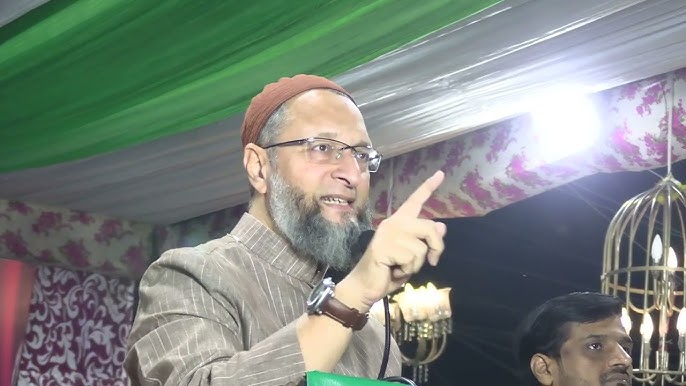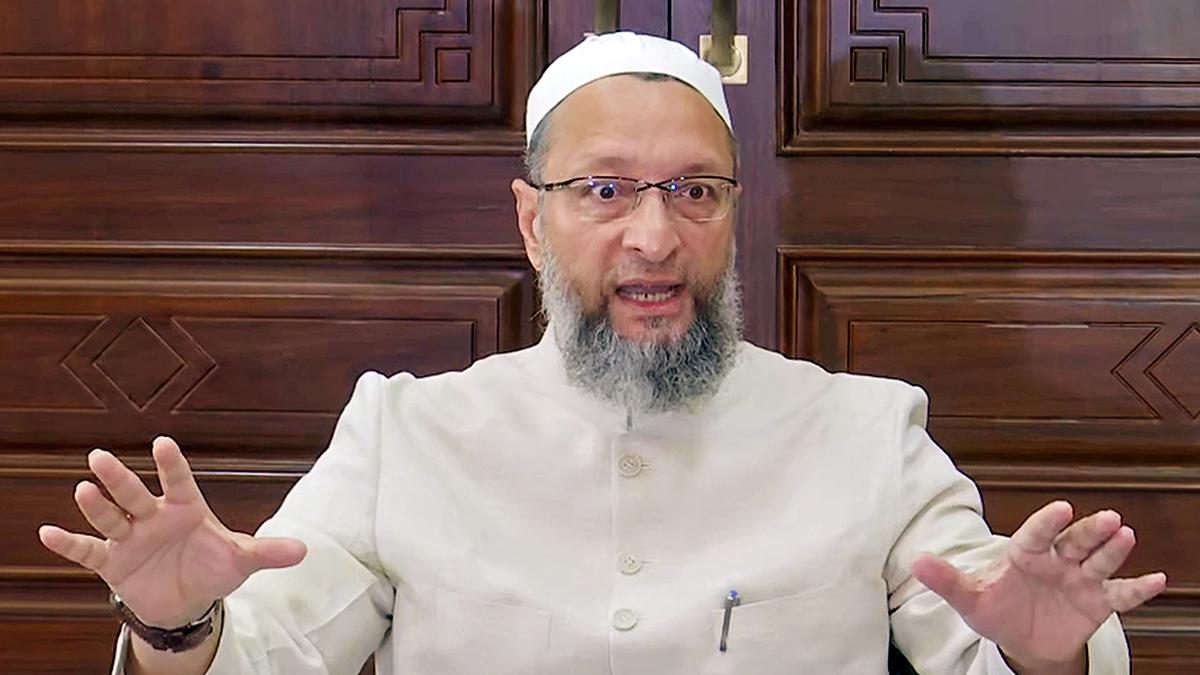New Municipal Act will ensure planned development: K T Rama Rao
Wed 18 Sep 2019, 11:15:40
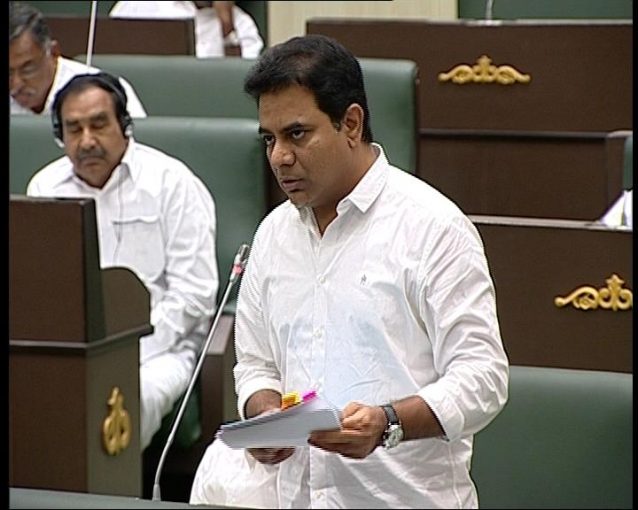
About 42.6 per cent of the population in Telangana live in urban areas and this is likely to touch 50 per cent in the next five-seven years, said Municipal Administration and Urban Development KT Rama Rao said.
Replying to a discussion on budget estimates of MA&UD in the Assembly on Tuesday, the Minister said in terms of urbanisation, the State ranks fifth in the country. “Rapid urbanisation is a challenge for us as it would need rapid development of infrastructure. Hence, we brought the new Municipal Act, which will ensure planned development, accountability, and transparency of the Urban Local Bodies (ULBs),” he said.
With the formation of new districts and their headquarters, there had been a spurt in urbanisation. To decongest existing cities/towns, the State government was now focusing on decentralising urbanisation and hence, created 65 new Municipalities and seven new Municipal Corporations. Further, the government also brought novel initiatives such as automatic or deemed approvals for building permissions and other works. The new Municipal Act mandates the ULBs to spend 10 per cent of their budget to develop greenery under Haritha Haram.
Among several other achievements, the Minister said the State government saved Rs 35 crore through the installation of three lakh LED streetlights in all municipalities and municipal
corporations. The installation would also be done in newly formed municipalities and municipal corporations. The State had achieved 100 per cent Open Defecation Free (ODF) status in urban areas and was aiming to achieve ODF++ status under Swachh Bharath programme, he said.
corporations. The installation would also be done in newly formed municipalities and municipal corporations. The State had achieved 100 per cent Open Defecation Free (ODF) status in urban areas and was aiming to achieve ODF++ status under Swachh Bharath programme, he said.
“We are now making some progress in solid and liquid waste management. Since the liquid waste management mission is linked with Mission Bhagiratha, we will focus on liquid waste management after the project is completed. We will also improve the underground drainage system,” Rama Rao said.
Besides capping the existing dump yard at Jawaharnagar, the State government was setting up a power generation unit and also two garbage recycling plants.
The Minister said Chief Minister K Chandrashekhar Rao was working with a vision and hence, was ending water woes of Hyderabad by pumping Godavari water into it from Kaleshwaram project via Mallannasagar and Konda Pochamma reservoirs. To address the water supply problems in peripheral areas, the State government had constructed 56 reservoirs and 2,100 km pipelines with Rs 1,900 crore and resolved 90 per cent of the water problem.
Further, Hyderabad became the first city to end manual-scavenging with the introduction of 195 mini-jetting machines.
No Comments For This Post, Be first to write a Comment.
Most viewed from Hyderabad
Most viewed from World
AIMIM News
Delhi Assembly polls: Owaisi leads Padyatra in Okhla
Feb 01, 2025
We reject this Waqf Amendment Bill: Asaduddin Owaisi
Jan 30, 2025
Latest Urdu News
Most Viewed
May 26, 2020
Which team will win the ICC Men's Champions Trophy 2025 held in Pakistan/Dubai?
Latest Videos View All
Like Us
Home
About Us
Advertise With Us
All Polls
Epaper Archives
Privacy Policy
Contact Us
Download Etemaad App
© 2025 Etemaad Daily News, All Rights Reserved.

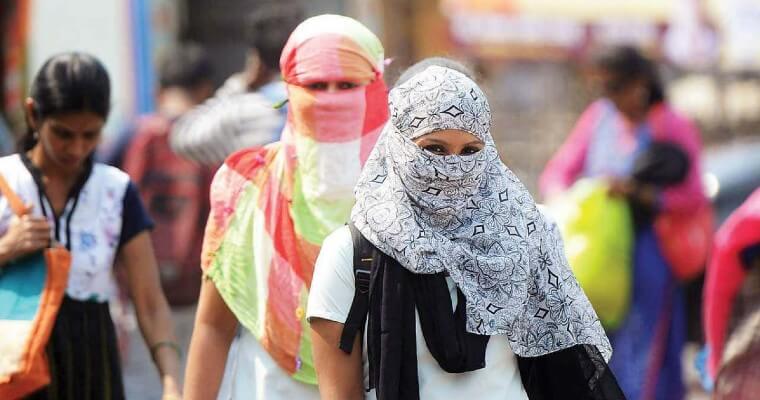
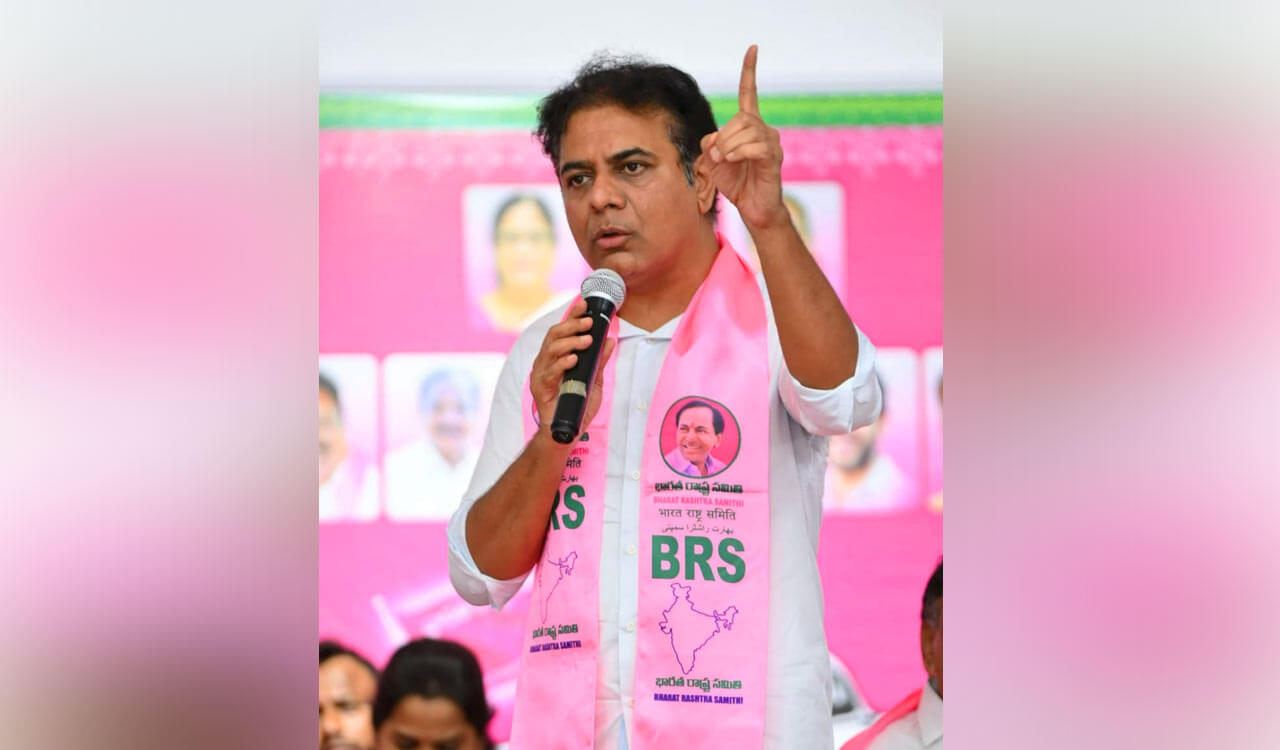

.jpg)
.jpg)
.jpg)
.jpg)
.jpg)
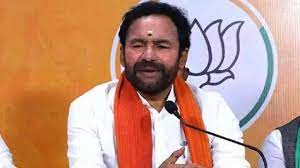

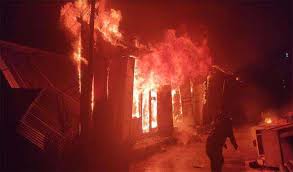



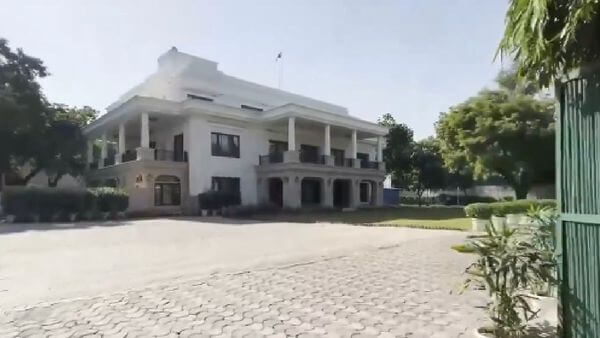
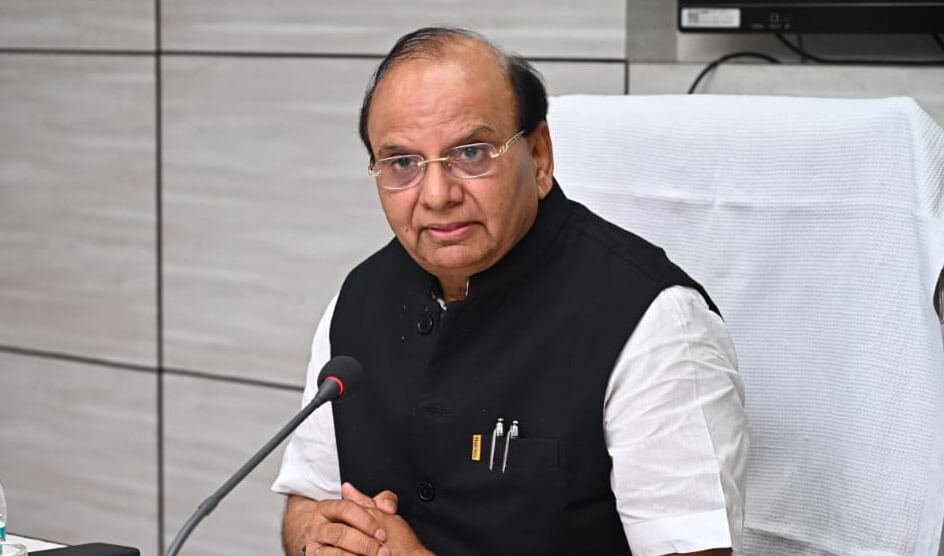
.jpg)
.jpg)
.jpg)
.jpg)
.jpg)
